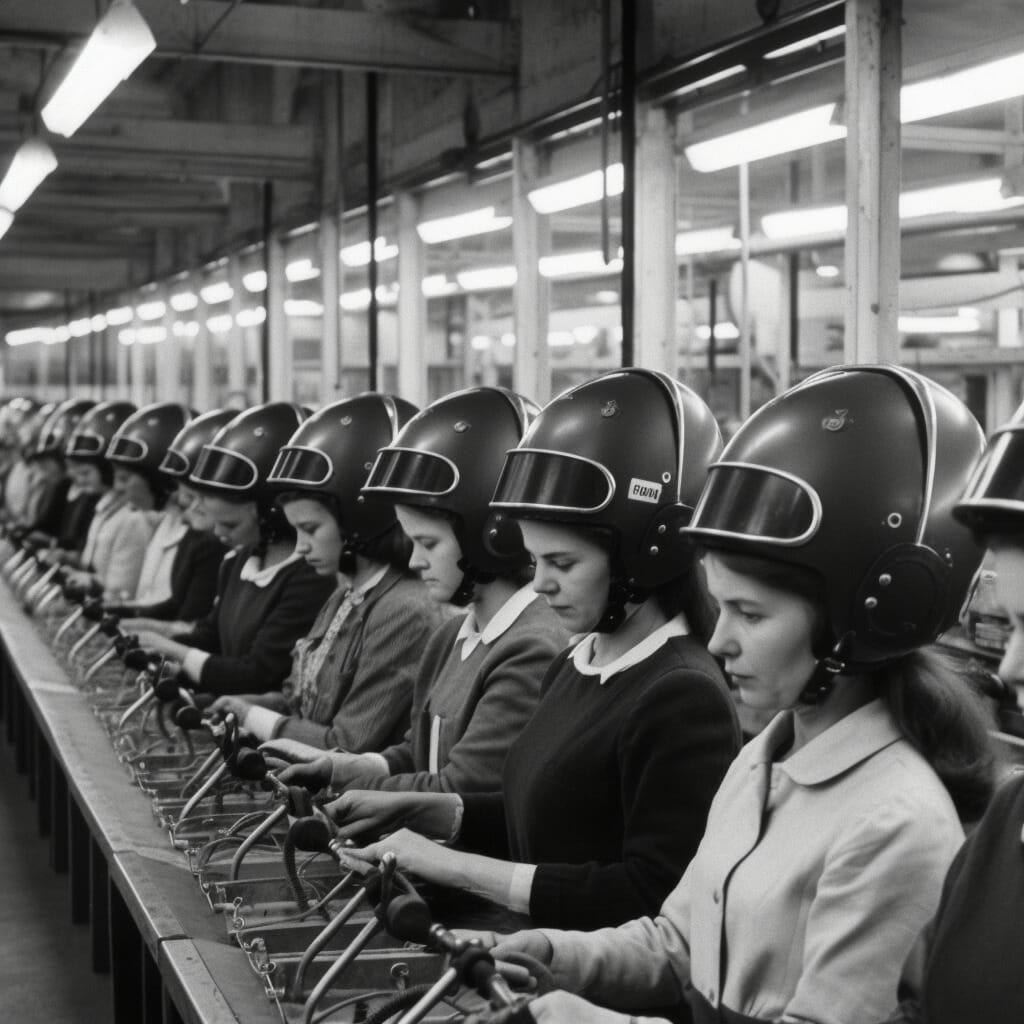Challenges and Reflections on Caring for a Dying Pet
My cat in Taiwan was diagnosed with large-cell lymphoma last month. It’s a disease with a grim prognosis, even with aggressive and successful treatments. I know he is just a pet, but he helped me survive the difficult periods early in my marriage and move to a new city when I felt utterly alone. Fifteen years ago, I helped him beat the odds when all the vets declared his genetic condition an immediate death sentence. When he was a newborn, I tube-fed him every two hours for a year, meticulously disinfecting the wound and instruments. He underwent six surgeries and two stints in the ICU, when I brought my work to sit beside his cage to offer moral support and demanded that his medical team didn’t give up. For a cat who wasn’t supposed to make it past his first birthday, his very existence is a miracle. He and countless other sick humans and animals would have never fully recovered without caregivers who protected their social, physical and mental health.
I just flew across the Pacific to go through weekly chemo and once again care for him. Maybe he will have a second miracle. Even if his physical health doesn’t dramatically improve, I will do everything in my power to ensure his mental health–encourage him, offer companionship, and make him feel loved. “Time and health are two precious assets that we don’t recognize and appreciate until they have been depleted.” (Denis Waitley) Indeed, they are prerequisites for most of life’s pursuits, and for optimal health through our lifespan, a whole-person approach to wellness is required because our physical, emotional, social, and cognitive health are interconnected. They combine to make up our health, which is further influenced by the environment, vocation, and other social determinants of health. While we can’t change our DNA or where we’re born, we can control the food and thoughts we put into our bodies.
The World Health Organization declares that “there is no health without mental health,” but our society still tend to break people down into parts. Americans spend $30 Billion a year on supplements and other complementary health approaches outside of medical health offices in pursuit of better physical health. From a young age, kids are taught the food pyramid and the importance of staying active, but what are they doing for their behavioral health? For most people, zilch–because there is still a lot of stigma surrounding mental health. One of the main reasons is that many people equate mental health with mental illness. But mental health is just a part of our overall wellness, like our physical health🚴♂️🥬. It is an essential and universal component of everyone’s overall wellness and something that requires proactive efforts to ensure we are feeling our best
When you care about your physical health 💪, you make an effort to be active, eat right. and so on–you work at being physically healthy. Just like our physical health, our mental health goes through ups and downs. Natural disasters, job loss, moving, parents’ divorce and countless other factors challenge our mental health at some point. Nobody is expected to get through life without ever getting physically sick or injured, but society holds us to impossible and unreasonable standards for people’s mental health. It doesn’t make sense! This unrealistic expectation and mental health stigma often prevent people from seeking the help they need, turning challenges into real mental illnesses.

Taking care of our social and mental health starts by being willing to talk about it, then continues by developing social-emotional skills—positive coping strategies , emotional awareness, problem-solving, rational thinking, communication and time management skills—and getting professional help when necessary. Nothing taboo there. Imagine how your world would change if everyone had more empathy–able to take different perspectives–deal with stress without harming themselves or others.
In many ways, mental health is more important than physical health. Support from loved ones can give the physically ill the will to keep fighting and a reason to keep living. Whereas untreated mental illness usually becomes violence, substance abuse, self-harm, and hurting the individual and those around them—it turns people into weapons. So for the sake of your health and the people you love, start talking and doing something to maintain and improve your social and mental health before they become problems. And remember, the biggest benefits of social-emotional learning are seen when people have ample opportunities to practice. We are complex beings—not just a series of numbers and symptoms. It is important to treat the whole person, not just separate diagnoses, Let’s look at people’s health and wellness holistically because we all deserve to be seen and cared for—our whole selves.





Leave a Reply